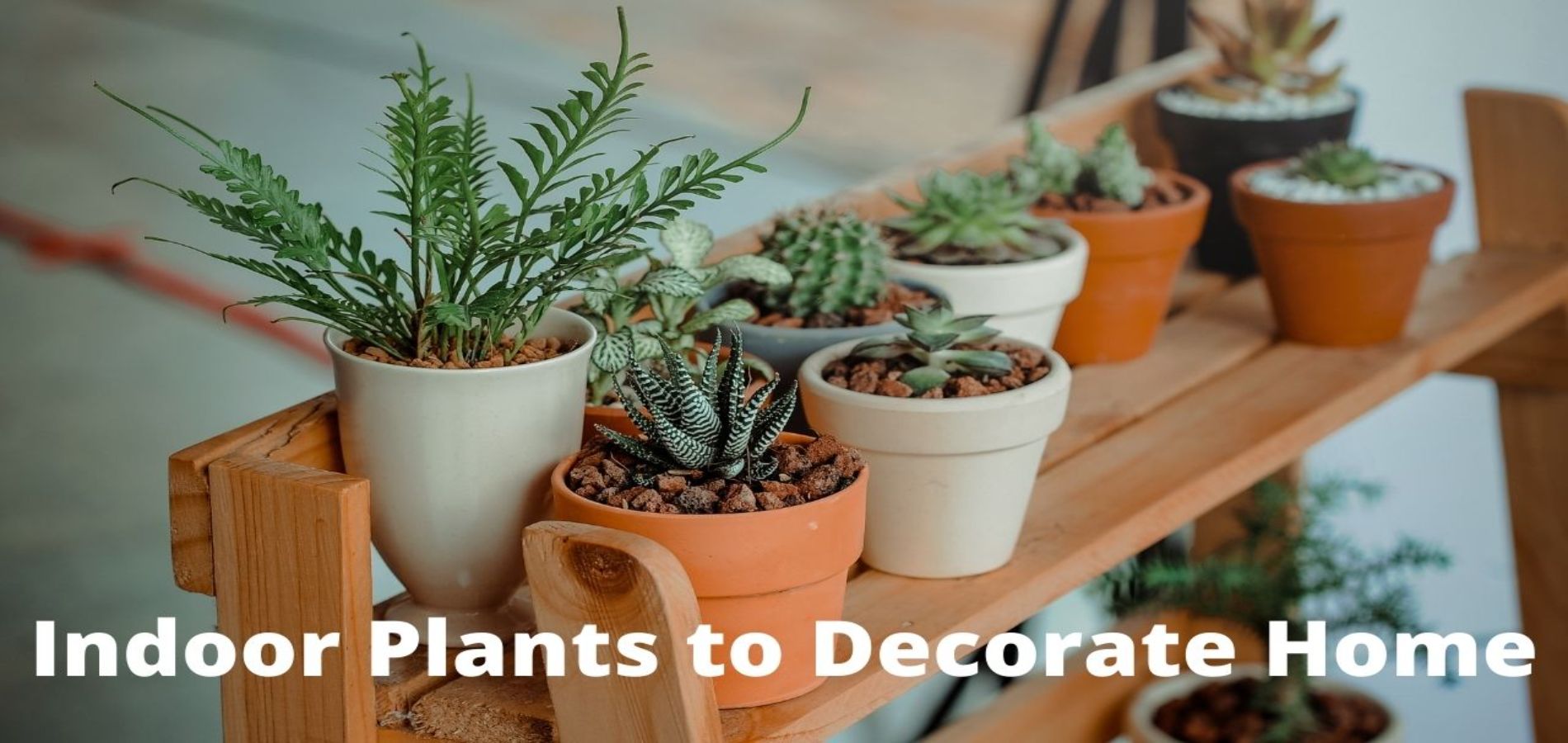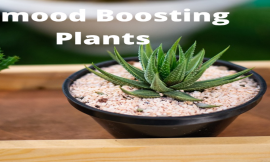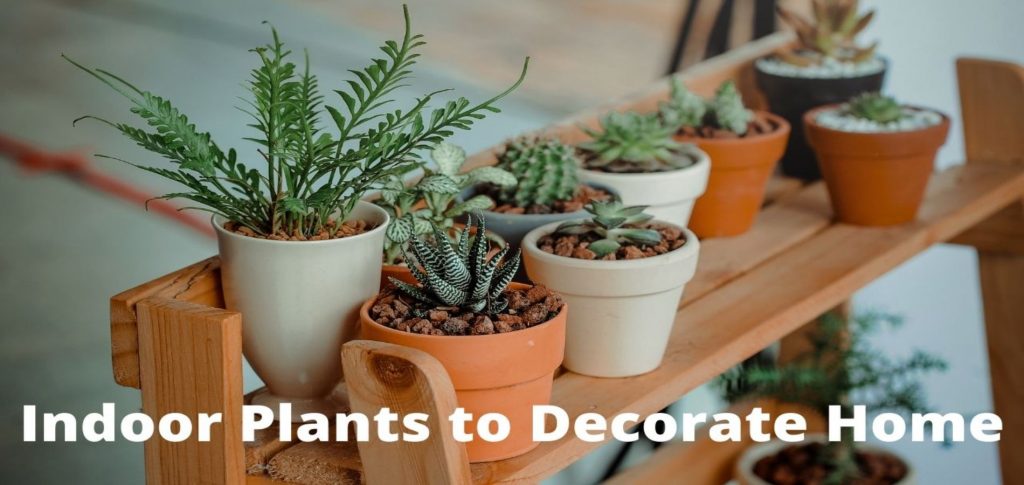
Are you looking to add a little Zen to your home or office? The right houseplant acts as a beautiful decoration helping to purify the air and can even de-stress the immediate area.
You might be under the impression that you need a ton of sun and a green thumb to keep houseplants alive, but that’s not necessarily the case. There are plenty of indoor plants out there that are easy to care for, forgiving, and low-light tolerant.
Pothos

Pothos plants do best in indirect, medium sunlight. They can also survive in low light, which makes a bathroom an ideal spot for them. They are very easy to care for and can live in a wide range of environments. If they are neglected occasionally, they will likely survive.
It’s a popular plant for its ability to purify air. They rarely succumb to rotting roots.
Aloe Vera
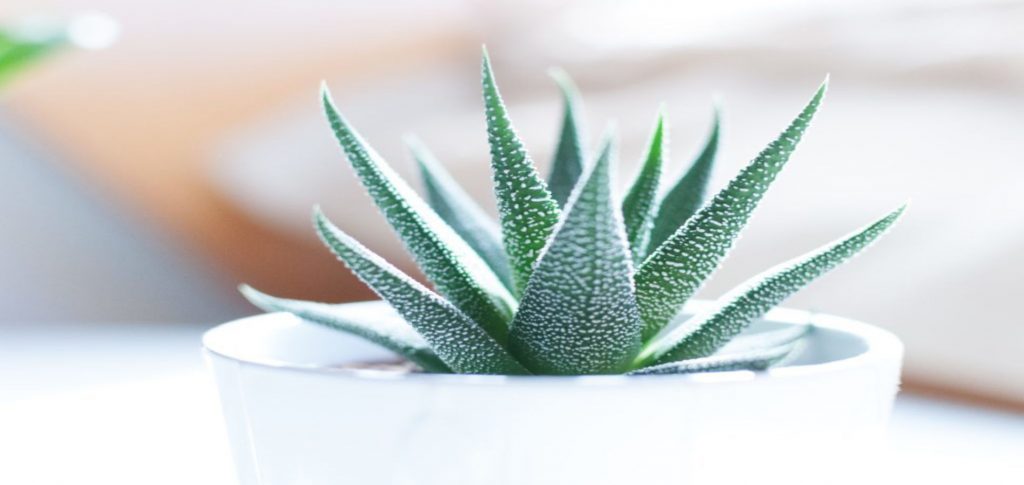
Aloe Vera is known as a healer. Aloe Vera juice has anti-inflammatory and anti-bacterial properties.” So not only can you use this plant to brighten up your home, but you can also use it to heal wounds and different skin conditions.
Put your aloe Vera plant in a bright, sunny spot and don’t worry about keeping it alive. “This guy likes to get its soil very, very dry before watering,” she adds. And even if you don’t use aloe vera for its healing properties, you can still reap all its air-purification benefits as it removes formaldehyde.
Rubber Tree
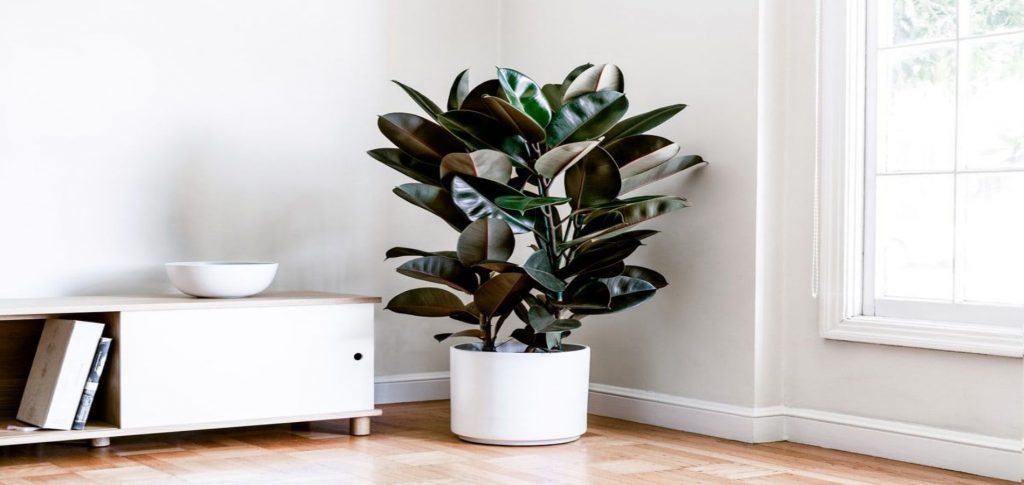
If you are new as a plant parent then get a rubber parent. a rubber tree needs bright light (can take some partial sunlight) and a good amount of space around for it to be happy, grow, and remove carbon dioxide from your home.
The rubber plant has attractive, shiny leaves and it can grow up to 10 feet tall. They are available in a number of varieties, including dark green, which is the most popular, and more colorful options.
Peace Lily

If you already have experience keeping an indoor plant alive then it might be time to add a peace lily at your home. This requires more attention compared to other indoor plants. That means keeping it moist without over-watering and placing it in a bright but shady spot,
Putting a peace lily in your bedroom since it produces oxygen at night, while most other plants do that during the day. Besides producing oxygen, this plant also removes ammonia, benzene, formaldehyde, and trichloroethylene.
Snake Plant
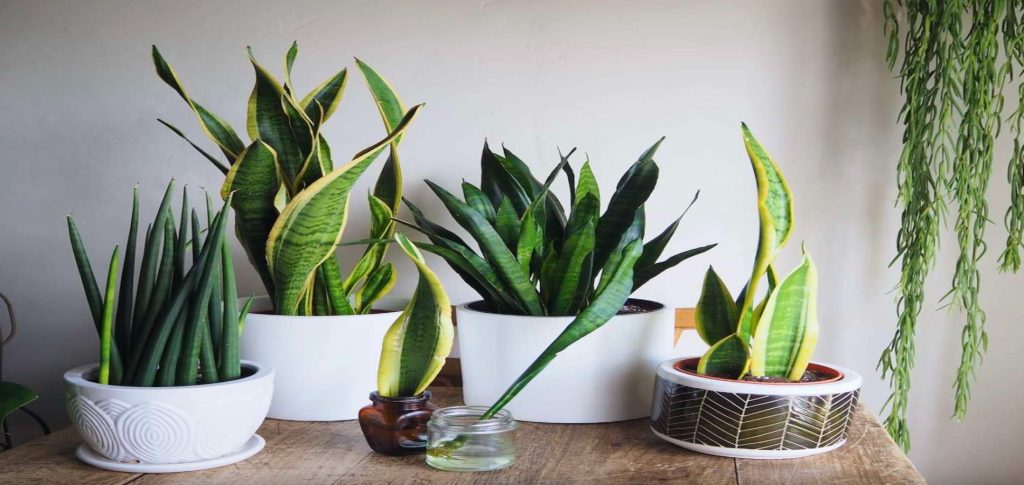
It perfect for newbies living in almost any environment. “Although the snake plant prefers bright light, it can survive lower light levels,” Snake plants have also been shown to filter out nasty chemicals, like benzene, formaldehyde, trichloroethylene, xylene, and toluene, so you can breathe easy having this in your home.
Dracaena Warneckii
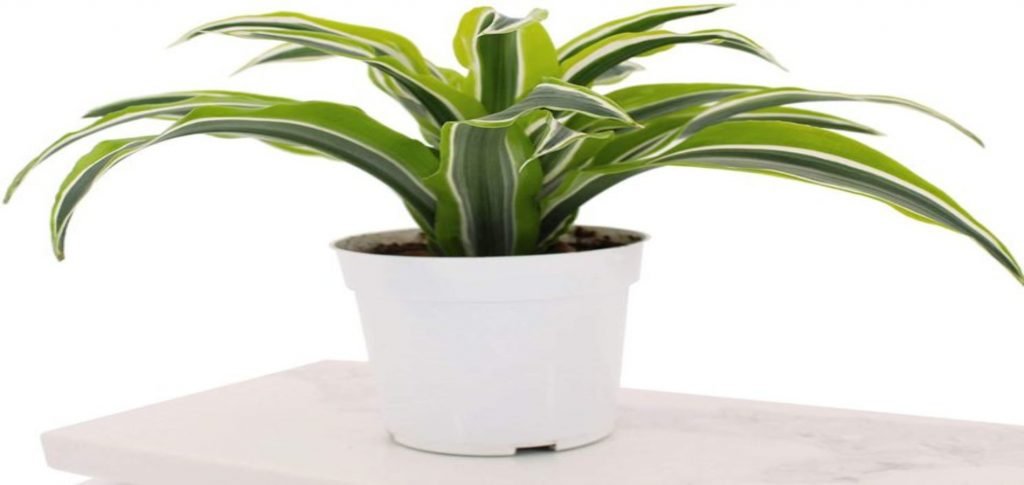
This tropical shrub prefers to be exposed to bright, indirect lighting. Keep in mind that it can also do well in artificial lighting.
Along with improving indoor air quality, this type of plant can reach up to 12 feet tall. They are very easy to care for. Their glossy leaves and colorful patterns add vibrance to a space.
Peperomia
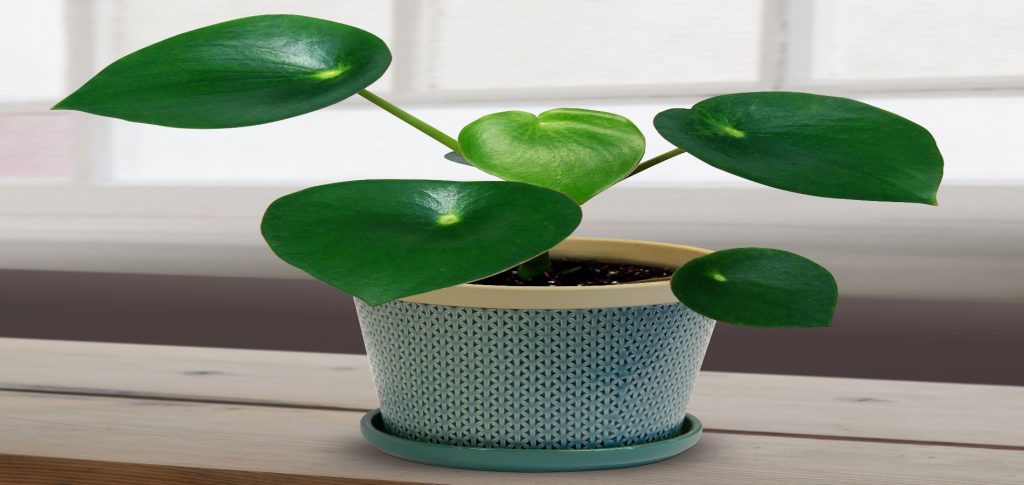
They prefer low to moderate light and moist, well-drained soil. Peperomia are fairly easy to grow and are available in more than 1,000 varieties.
They are suitable for small spaces, as they don’t tend to grow more then 18 inches tall. Peperomia plants aren’t harmful to pets or children and efficiently remove toxins from the air.
ZZ Plant

If you live in a lower light environment,. Then getting a ZZ plant is a good idea.
Watering it once a month during the growing season (spring and summer) and once every two months when it goes dormant in the fall. “It’s a great plant to have if you’re somebody who happens to travel a lot.
Dracaena
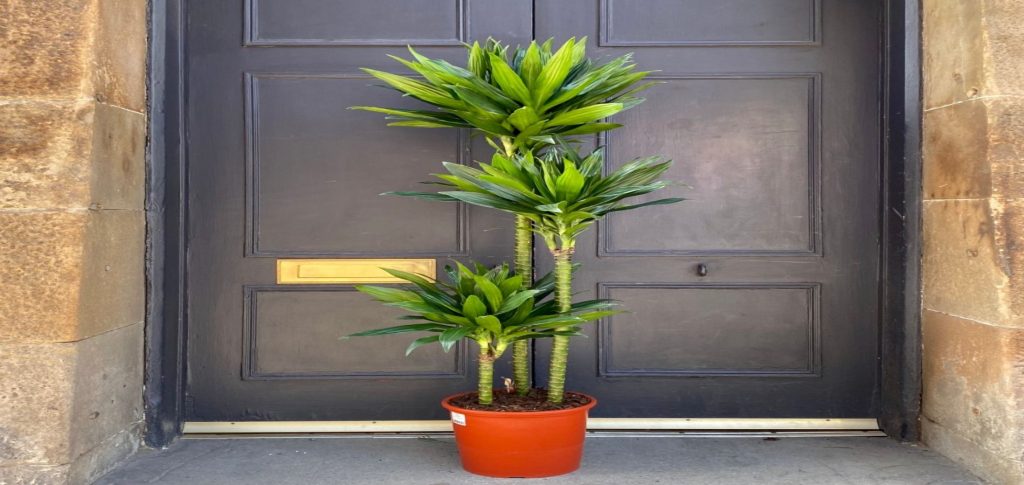
If you live a busy life, out at all hours—you need an “easy-going, low-maintenance plant, like the Dracaena,” because it can easily adapt to different light environments, though it’s best to keep it away from direct sun. “It can deal with indoor temperature and season changes better than others.” When it comes to purifying the air, though, the Dracaena Marginata Plant is your best bet. It removes benzene, formaldehyde, trichloroethylene, and xylene.
Spider Plant
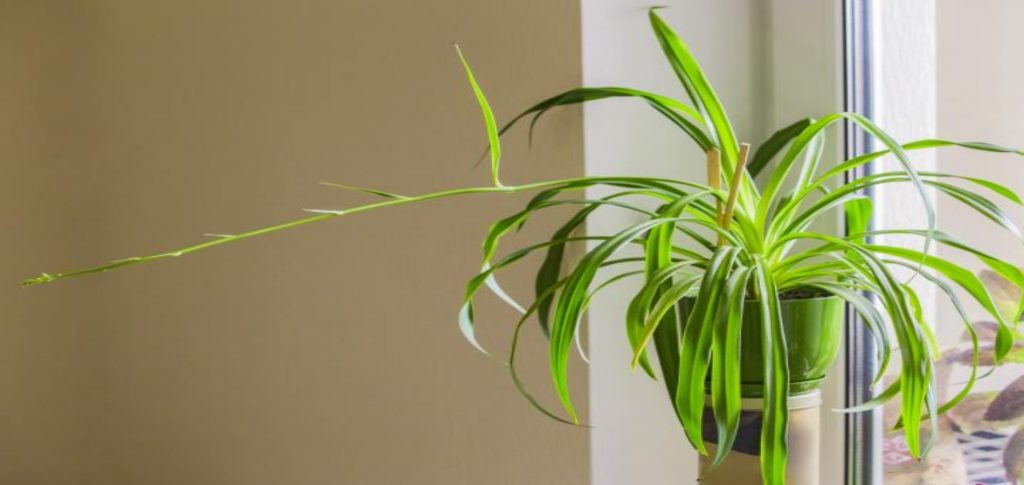
Plants that give off “instant jungle vibes,” like the spider plant, are having a serious moment right now, These plants need bright light, but no direct sun, so they’re perfect to put in a room with big windows. Just keep it away from the windowsill.
it grows “baby spiders” (spiderettes), which can be easily propagated. It’s also a strong air purifier, removing both formaldehyde and xylene.
Chinese Bamboo Plant
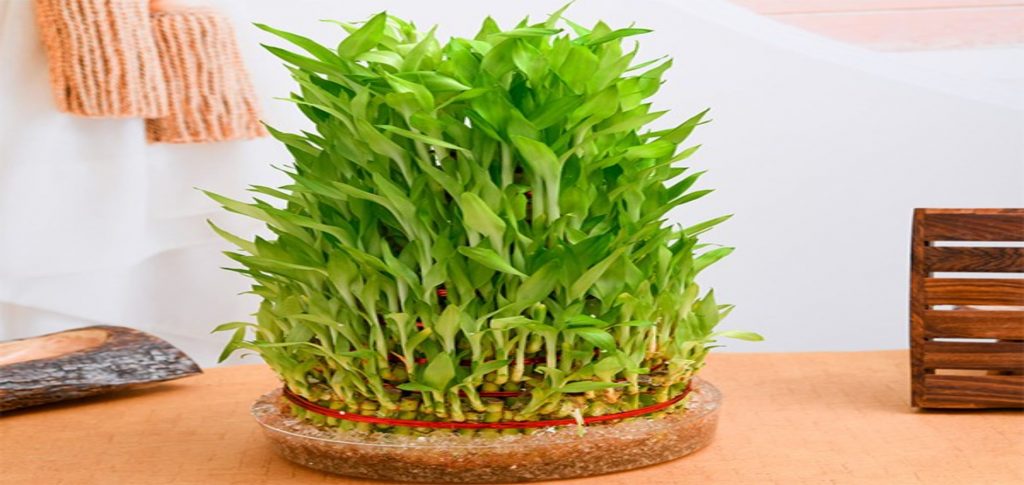
Dracaena sanderiana grow without the need for soil – simply place in water like a cut flower would be. You can even add your favorite river rocks or decorative shells to match your interior. The bundled arrangement pictured above ensures they grow strong and tall. Just make sure to replace the water every few weeks but avoid treated tap water if possible. Or, you can transfer to a well-draining potting soil mix for a more traditional houseplant experience.
Areca Palm
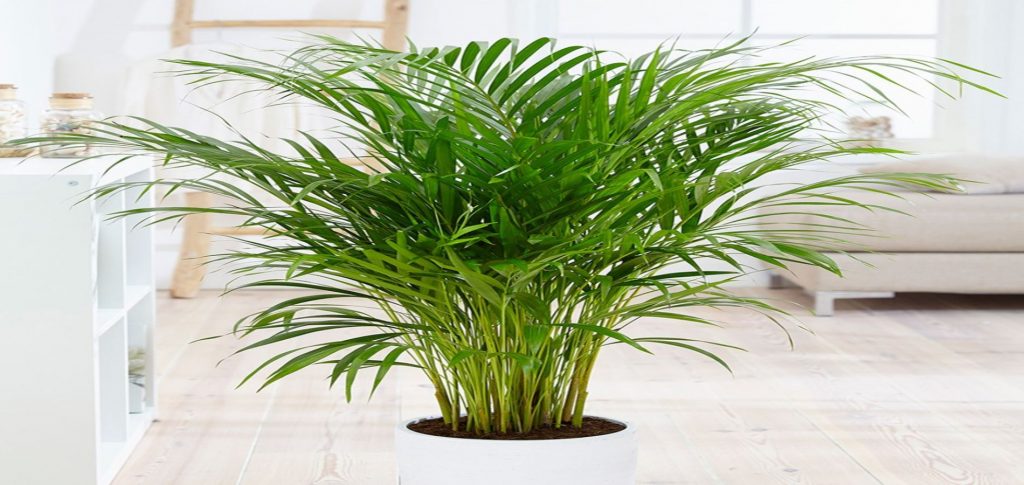
Dypsis lutescens, commonly known as golden cane palm or areca palm, makes a lovely focal point with its height and playful fronds. These plants enjoy indirect sunlight or partial shade, preferably in a well-drained planter filled with loamy soil. If you tend to overwater plants, this species will prove rather forgiving. Keep the soil moist but avoid muddiness. A little nibbling won’t hurt.
Philodendron Green
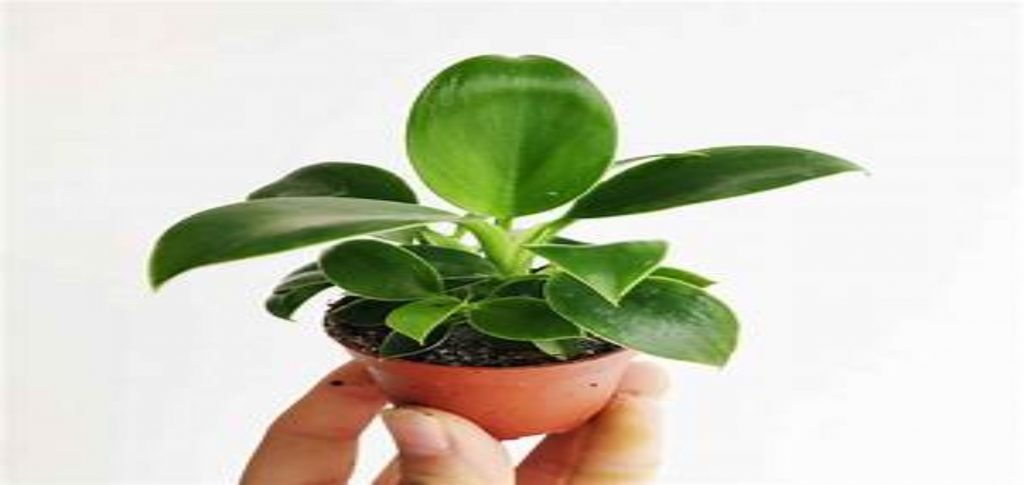
In the right indoor conditions, the philodendron’s heart-shaped leaves and trailing vines can grow to over 10 feet long, like the pothos. This makes it a great plant if you’ve got high shelves, or want to add a hanging planter to your home decor.
It’s also one of the easiest houseplants to grow. Though it’s not the most air-purifying plant out there, philodendrons do filter formaldehyde. Not too shabby for a low-maintenance plant that’s perfect for newbies.

